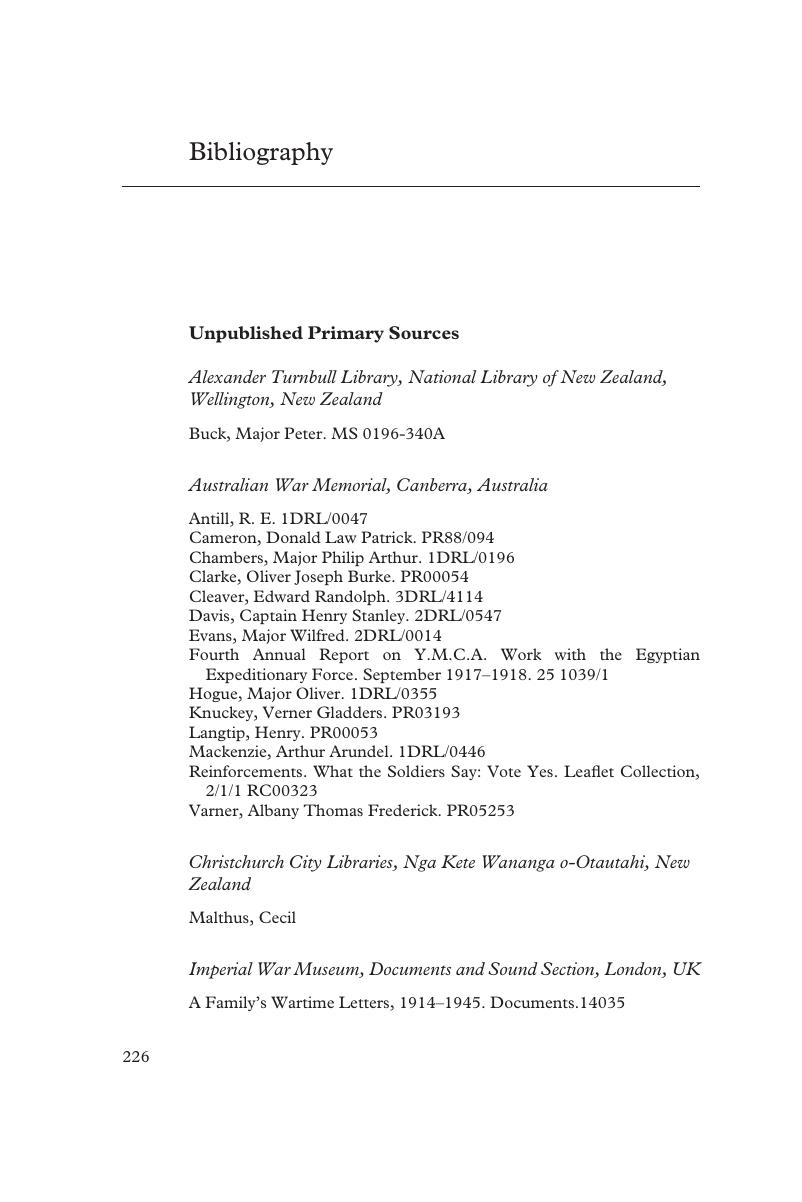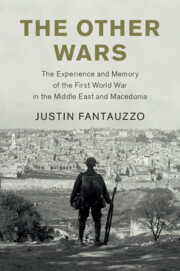Bibliography
Published online by Cambridge University Press: 28 November 2019
Summary

- Type
- Chapter
- Information
- The Other WarsThe Experience and Memory of the First World War in the Middle East and Macedonia, pp. 226 - 243Publisher: Cambridge University PressPrint publication year: 2019



